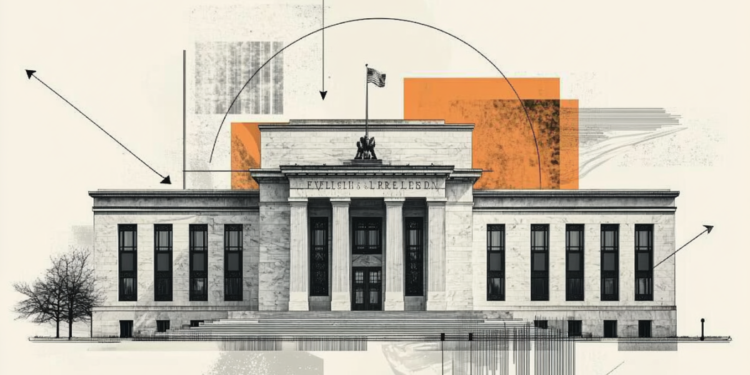Unprecedented research published in the magazine Biological Conservation reveals that 22 protected areas and indigenous lands in Amazonian They house an estimated population of 6,389 jaguars (Panthera Onca).
The animal has been highlighted after a case involving a 60-year-old man who died after being attacked by a jaguar In an isolated area of the dead bull region, approximately 150 kilometers from Miranda, in Mato Grosso do Sul.
What we know about the case of the caretaker who was devoured by jaguar in Mato Grosso do Sul
THE study carried out by scientists from more than 20 institutions, including the Chico Mendes Institute for Biodiversity Conservation (ICMBio ), used photographic traps and statistical models to map the feline’s population density.
From 2005 to 2020, researchers monitored jaguars In conservation units in Brazil, Peru, Colombia and Ecuador. The average density is three ounces per 100 km², but varies according to the place.
The Mamirauá Sustainable Development Reserve (AM) records almost ten ounces every 100 km², while the Cuieiras Biological Reserve (AM) has less than one in the same space. The difference is due to the abundance of prey in areas such as floodplain rich in nutrients, in contrast to the igaps with poorer soils.
You males are detected more often than females possibly due to its largest area of displacement for mating and defense of territory. THE human pressure measured by the human footprint index, it is a critical factor. In degraded areas, jaguars require territories up to 30% higher to survive, indicating scarcity of resources.
Deforestation and fires threaten the population of jaguars
Despite the results, the study warns of threats to the species. THE logging and the fires in Amazonian increase the pressure on biodiversity. In Brazil, it is estimated that 1,500 jaguars have been displaced or killed in the last four years due to habitat loss . THE illegal hunt of prey and the illegal trade of jaguars are also worrying.
Researchers recommend the expansion of monitoring continuous, integrating technology and indigenous knowledge. The protection of regions such as the Andes-Amazon interface and the floodplains of the Amazon River, threatened by illegal mining it’s crucial. The study highlights the urgency of financial resources, technical and political teams antifogous .
For the ICMBio the data reinforces the importance of National action plan for the conservation of the jaguar which foresees the population monitoring the fight against Environmental Crimes and the Community Base Tourism In conservation units, according to Ricardo Sampaio, co -author of the study and substitute coordinator of ICMBio/Cenap.
This content was originally published in jaguar: more than 6,000 animals of the species live in the Amazon on CNN Brazil.
Source: CNN Brasil
I’m James Harper, a highly experienced and accomplished news writer for World Stock Market. I have been writing in the Politics section of the website for over five years, providing readers with up-to-date and insightful information about current events in politics. My work is widely read and respected by many industry professionals as well as laymen.







